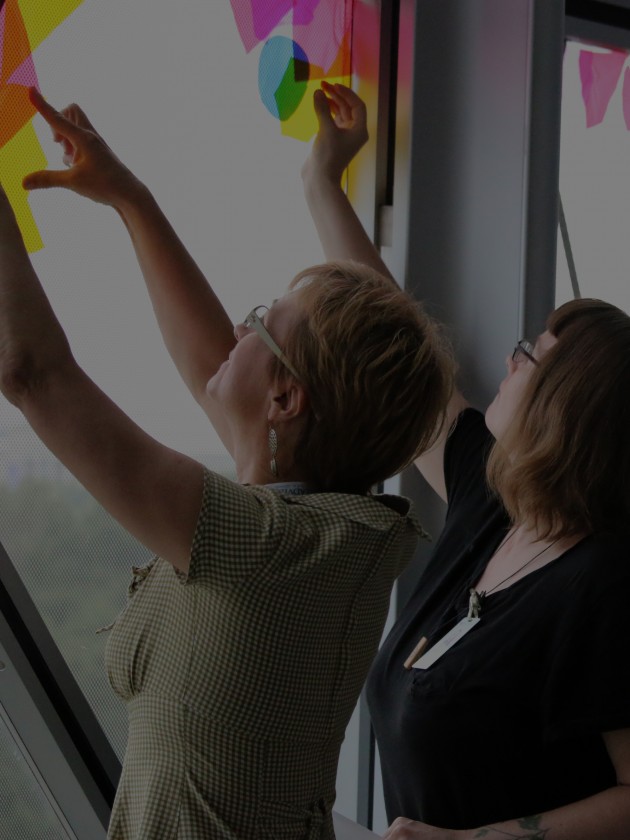Weaved to the Earth
7th Principle: Respect for the interdependent web of all existence of which we are a part.
This summer my family and I spent a few days in L’Anse Township, located in Baraga County in Michigan’s Upper Peninsula. After months of living life within the confines of my home, where I spent most of my days at work in my make-shift office, it was a welcome change of scenery. The opportunity of being in spaces where we could spend ample time in nature, moving with a sense of relative freedom through woods, breathing air scented with the smell of fresh water, hearing the songs of birds not coming from a headset filled me with immense joy.
Amid the natural beauty, my family and I encountered in the UP, as the Upper Peninsula of Michigan is often referred to, there was also a sense of slight wrongness. As if something had shifted in the landscape that felt somehow disturbed, somehow less whole than it should have been. It felt to me that the place itself was bearing witness against our passage as human beings. Maybe it was witnessing the noticeable difference between old forest growth, made rich by the diversity of trees. A thriving community of aspen, pine, oak, maple, birch among other species of trees, made strong through their diversity and because of their closeness to one another.
Areas that were lumbered carry with them a burdensome witness as well. Having been planted not only recently, but forced into a community primarily of their own kind as a cost-saving option, the acres of replanted pine forest are not as healthy, their colors not as vibrant; they are prone to succumb far more easily to weather conditions and drought, and more importantly, they are unable to nourish and sustain the biodiversity of animal and plant life that old, undisturbed forest can by virtue of their interconnection and sustaining interdependence.
Furthermore, there was that odd moment when I struggled to make sense of what I was able to withstand with my body. My children and I, and many others, we splashed, dunked ourselves, and swam with hardly a care in the waters of Lake Superior. An echo from the past of daring to take a dip in Lake Superior’s frigid waters visited me while standing at a sandbank. Trying to recall how long we have been swimming in those waters. I felt cold. Not a cold felt by a shift in temperature, but the coldness that visits our hearts when we experience deep sadness. Would this lake continue to warm? If so, how would that change its ecosystem? Would there be a shore or would rising waters continue to eat away its bank?
We are living in a geological time that calls us into account for our relation to the earth. Human beings are the primary force reshaping and de-naturing the world. Our actions, concerns, and what motivates us unleash seismic changes in our world. As we pass through, we have reshaped natural landscapes once pristine and thriving with biodiversity into human-made landscapes; landscapes that are a witness to human ingenuity while also attesting to the limits of our understanding—we have been unable to fully grasp how our passion for progress and profit endangers our very existence. Our passing through this earth has de-natured, leaving in our wake the scars of desolation, pollution, and the present danger of dashing the possibility of thriving for future generations.
Signs to this reality are clear everywhere we look. And yet, AND YET, there’s an opportunity still for us to shift through re-covenanting with the earth to live into the sacred work of “respecting the interdependent web of existence and of which we are a part.” This turning is possible when we understand our lives as Weaved to the Earth.

Dr. Elías Ortega
Dr. Ortega has been serving as President of Meadville Lombard Theological School since July 2019. Prior to coming to MLTS, he served as Associate Professor of Social Theory and Religious Ethics at Drew University Theological School. His primary teaching and research areas are Sociology of Religion, Religious Ethics, Cultural Sociology, Social Movements, Critical Theory, Africana Studies, Latinx Cultural Studies.
Learn more about Dr. Ortega
